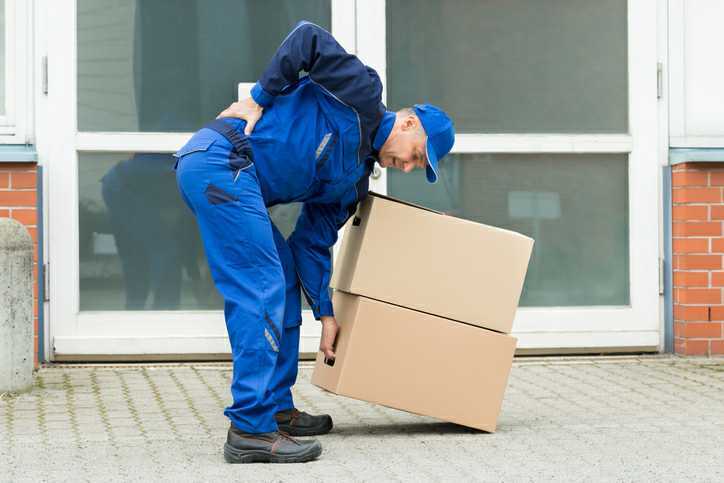Workplace injuries linked to heavy lifting on the job

Heavy lifting is often just part of the job in some occupations. According to the Occupational Safety and Health Administration, heavy lifting is a common cause of work-related injuries, roughly 36 percent of which involve shoulder and back injuries. Heavy lifting can cause trauma or wear and tear to the muscles, joints and ligaments.
Who is most at risk of work injuries linked to heavy lifting?
Heavy lifting is common in the following occupations:
- Construction workers
- Manufacturing workers
- Warehouse and dock workers
- Commercial truck drivers
- Maintenance workers
- Retail laborers
- Agricultural workers
- Logging workers
- Nurses and nursing assistants
How can workers prevent injuries?
OSHA has offered some suggestions on how employers can prevent injuries when heavy lifting on the job. These include:
- Utilizing the right equipment — forklifts, pallet jacks, hand trucks, duct lifts and other mechanical equipment to lift and transport heavy items.
- Installing ramps and lift gates — employers should consider installing ramps and lift gates in areas where workers may be transporting heavy objects manually or with machinery.
- Reducing the weight of items — in some industries, employers can consider working with higher quantities of items to reduce the amount of weight workers need to lift at once.
OSHA also suggests that workers consider employing these smart lifting practices:
- Utilize the “power zone” — this is where items are placed from mid-thigh to mid-chest, which makes it easier to lift without having to squat or bend.
- Maintaining good posture — workers should maintain a straight and neutral spine whenever possible. Avoid rounding your back or bending when lifting. Only bend at the knees, not the waist.
- Limiting how much weight you lift — Avoid lifting weight greater than 50 lbs. If you must lift a heavier object, it should be done with two or more people.
- Avoid twisting — When lifting a heavy object, it’s better to turn by moving the feet rather than twisting at the torso.
- Keep elbows in close — Keep the load as close to your body as possible to avoid upper body strain.
What types of injuries are caused by heavy lifting?
Heavy lifting can often lead to these work-related injuries:
- Muscle strains and tears
- Tendon/ligament sprains and tears
- Knee injuries
- Spinal injuries
- Injuries to the feet, shins, or knees (if heavy objects are dropped)
- Slip and falls when lifting (usually when walking surfaces are slick)
If you sustained an injury on the job, you could be out of work for several weeks or months, unable to earn a paycheck. On top of that, you may be facing medical expenses that add up. You may be able to pursue workers’ compensation benefits to cover these losses, but doing so won’t be easy.
Workers’ compensation cases are often complex and require a great deal of paperwork and litigation. Let an experienced attorney at the Law Offices of Deborah G. Kohl handle your case for you. We know how the workers’ compensation system in Massachusetts and Rhode Island works and how to best represent our clients at trial. Contact us online for your free case evaluation.

